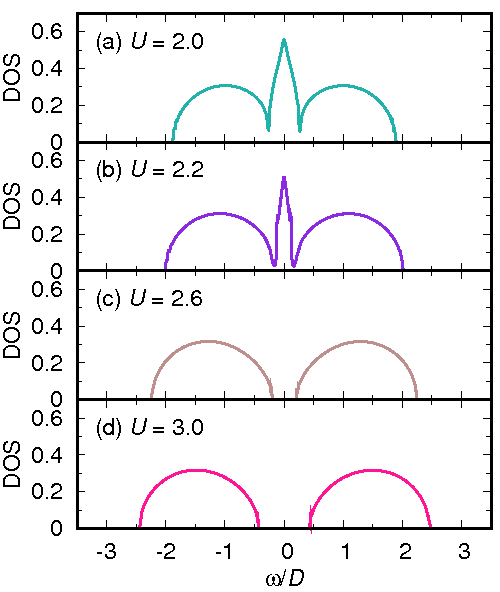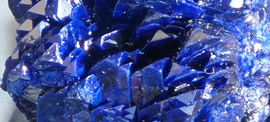page content
Development of a finite U fast impurity solver based on equations of motion and decoupling
A crucial prerequisite for the integration of LDA+DMFT into a first principles molecular dynamics method is the availability of a reliable and fast impurity solver. Earler, such a solver has been developed for infinite interaction strength U [JK05]. The new finite U solver was developed based on a decoupling scheme proposed by Wang and Kassing [1]. The basic difficulty with decoupling an infinite set of equations of motion is the task to decide at which point terms can be safely neglected. The approach of Ref. [1] is to separate the terms into connected Greens functions/correlations and lower order contributions. This gives a better perspective on which terms are really of higher order and thus expected to be of lower importance. Nevertheless, the algebra is involved and it took some time to work out several sets of coupled, closed integral equations for the Anderson impurity model.
The next difficulty was the solution of the resulting sets of equations. While a relatively simple combination of iteration and mixing was sufficient to find selfconsistent solutions in the infinite U case, the larger number of contributing terms and integrals made the solution of the finite U integral equations difficult; it was important to find a method of solution that would work for a large range of parameters (impurity position εd, interaction strength U, temperature T, degeneracy N) in order to make the method suitable for inclusion into an LDA+DMFT scheme. After some trial and error, the solution was found in a combination of genetic algorithms with iterative methods [FZJ09].

While the initial development was conducted with the one band Anderson impurity model, the usefulness of the method in the LDA+DMFT context depends crucially on its ability to treat multiband models. The extension of the method to two and three bands is possible and has shown first encouraging results.
